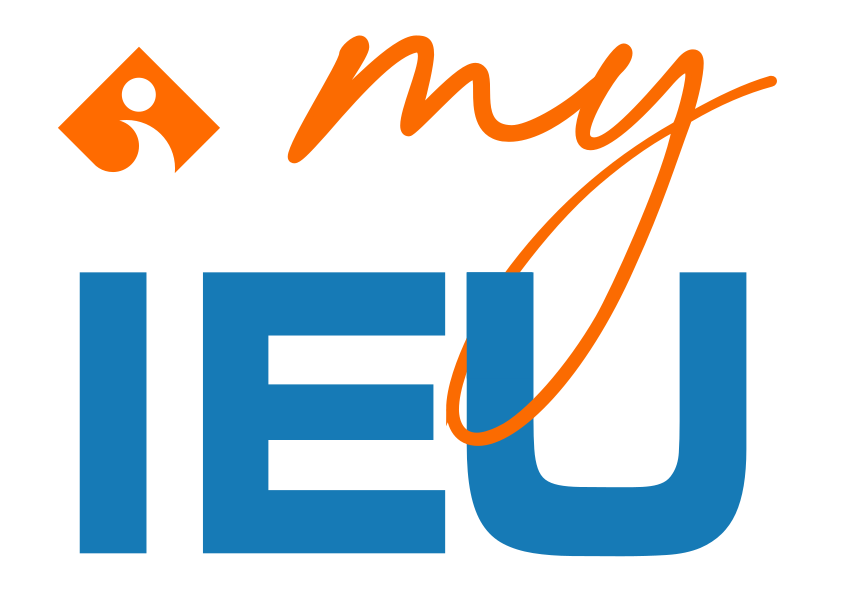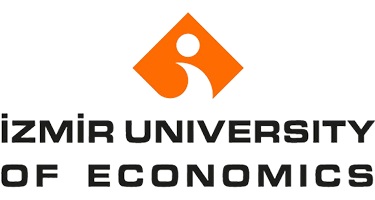IE 520 | Course Introduction and Application Information
| Course Name |
Constraint Programming
|
|
Code
|
Semester
|
Theory
(hour/week) |
Application/Lab
(hour/week) |
Local Credits
|
ECTS
|
|
IE 520
|
Fall/Spring
|
3
|
0
|
3
|
7.5
|
| Prerequisites |
None
|
|||||
| Course Language |
English
|
|||||
| Course Type |
Elective
|
|||||
| Course Level |
Second Cycle
|
|||||
| Mode of Delivery | - | |||||
| Teaching Methods and Techniques of the Course | - | |||||
| National Occupation Classification | - | |||||
| Course Coordinator | - | |||||
| Course Lecturer(s) | - | |||||
| Assistant(s) | - | |||||
| Course Objectives | The goal of this course is to have each student acquire the knowledge on a new programming paradigm based on constraints over finite domains and provide experience of how to use these methods for solving combinatorial problems. The Optimization Programming Language (OPL) and its Software Package will be introduced and used throughout the semester to model various combinatorial problems as constraint programs, as well as to write specific search methods. |
| Learning Outcomes |
The students who succeeded in this course;
|
| Course Description | The basic concepts of constraint programming. Modeling combinatorial problems in terms of constraints. Constraint consistency and propagation. Global constraints and their propagation algorithms. Search: construction of the search tree, exploration of the search tree, heuristics. Optimization. Advanced techniques: set variables, dealing with redundancy and symmetry. Implementation in a constraint programming language. |
| Related Sustainable Development Goals |
|
|
Core Courses | |
| Major Area Courses |
X
|
|
| Supportive Courses | ||
| Media and Management Skills Courses | ||
| Transferable Skill Courses |
WEEKLY SUBJECTS AND RELATED PREPARATION STUDIES
| Week | Subjects | Related Preparation |
| 1 | Constraint satisfaction problems | Lecture notes |
| 2 | Basic concepts of Constraint Programming | Lecture notes |
| 3 | Modelling combinatorial problem using OPL I | Lecture notes |
| 4 | Modelling combinatorial problem using OPL II | Lecture notes |
| 5 | Constraint consistency and propagation I | Lecture notes |
| 6 | Constraint consistency and propagation II | Lecture notes |
| 7 | Global constraints | Lecture notes |
| 8 | Ara sınav / Midterm | Lecture notes |
| 9 | Search heuristics I | Lecture notes |
| 10 | Search heuristics II | Lecture notes |
| 11 | Set variables | Lecture notes |
| 12 | Symmetry | Lecture notes |
| 13 | Optimisation problems | Lecture notes |
| 14 | Discussions, Research and Presentations I | Lecture notes |
| 15 | Discussions, Research and Presentations II | Lecture notes |
| 16 | Review of the Semester |
| Course Notes/Textbooks | Course slides |
| Suggested Readings/Materials | Related research papers |
EVALUATION SYSTEM
| Semester Activities | Number | Weigthing |
| Participation | ||
| Laboratory / Application | ||
| Field Work | ||
| Quizzes / Studio Critiques | ||
| Portfolio | ||
| Homework / Assignments | ||
| Presentation / Jury |
1
|
30
|
| Project | ||
| Seminar / Workshop | ||
| Oral Exams | ||
| Midterm |
1
|
30
|
| Final Exam |
1
|
40
|
| Total |
| Weighting of Semester Activities on the Final Grade |
60
|
|
| Weighting of End-of-Semester Activities on the Final Grade |
40
|
|
| Total |
ECTS / WORKLOAD TABLE
| Semester Activities | Number | Duration (Hours) | Workload |
|---|---|---|---|
| Theoretical Course Hours (Including exam week: 16 x total hours) |
16
|
3
|
48
|
| Laboratory / Application Hours (Including exam week: '.16.' x total hours) |
16
|
0
|
|
| Study Hours Out of Class |
15
|
6
|
90
|
| Field Work |
0
|
||
| Quizzes / Studio Critiques |
0
|
||
| Portfolio |
0
|
||
| Homework / Assignments |
0
|
||
| Presentation / Jury |
1
|
5
|
5
|
| Project |
0
|
||
| Seminar / Workshop |
0
|
||
| Oral Exam |
0
|
||
| Midterms |
1
|
15
|
15
|
| Final Exam |
1
|
22
|
22
|
| Total |
180
|
COURSE LEARNING OUTCOMES AND PROGRAM QUALIFICATIONS RELATIONSHIP
|
#
|
Program Competencies/Outcomes |
* Contribution Level
|
|||||
|
1
|
2
|
3
|
4
|
5
|
|||
| 1 |
To have an appropriate knowledge of methodological and practical elements of the basic sciences and to be able to apply this knowledge in order to describe engineering-related problems in the context of industrial systems. |
-
|
-
|
-
|
-
|
X
|
|
| 2 |
To be able to identify, formulate and solve Industrial Engineering-related problems by using state-of-the-art methods, techniques and equipment. |
-
|
-
|
-
|
X
|
-
|
|
| 3 |
To be able to use techniques and tools for analyzing and designing industrial systems with a commitment to quality. |
-
|
-
|
-
|
-
|
X
|
|
| 4 |
To be able to conduct basic research and write and publish articles in related conferences and journals. |
-
|
-
|
X
|
-
|
-
|
|
| 5 |
To be able to carry out tests to measure the performance of industrial systems, analyze and interpret the subsequent results. |
-
|
-
|
X
|
-
|
-
|
|
| 6 |
To be able to manage decision-making processes in industrial systems. |
-
|
-
|
-
|
X
|
-
|
|
| 7 |
To have an aptitude for life-long learning; to be aware of new and upcoming applications in the field and to be able to learn them whenever necessary. |
-
|
-
|
-
|
X
|
-
|
|
| 8 |
To have the scientific and ethical values within the society in the collection, interpretation, dissemination, containment and use of the necessary technologies related to Industrial Engineering. |
-
|
-
|
-
|
X
|
-
|
|
| 9 |
To be able to design and implement studies based on theory, experiments and modeling; to be able to analyze and resolve the complex problems that arise in this process; to be able to prepare an original thesis that comply with Industrial Engineering criteria. |
-
|
-
|
-
|
X
|
-
|
|
| 10 |
To be able to follow information about Industrial Engineering in a foreign language; to be able to present the process and the results of his/her studies in national and international venues systematically, clearly and in written or oral form. |
-
|
-
|
-
|
X
|
-
|
|
*1 Lowest, 2 Low, 3 Average, 4 High, 5 Highest

IZMIR UNIVERSITY OF ECONOMICS GÜZELBAHÇE CAMPUS
DetailsGLOBAL CAREER
As Izmir University of Economics transforms into a world-class university, it also raises successful young people with global competence.
More..CONTRIBUTION TO SCIENCE
Izmir University of Economics produces qualified knowledge and competent technologies.
More..VALUING PEOPLE
Izmir University of Economics sees producing social benefit as its reason for existence.
More..


